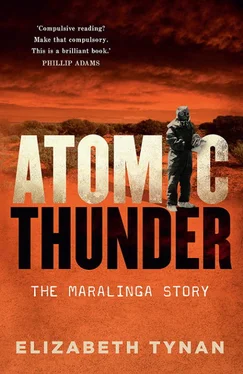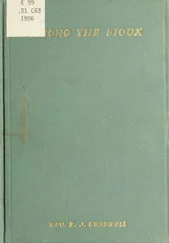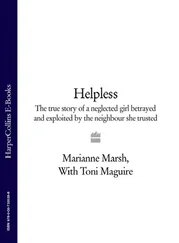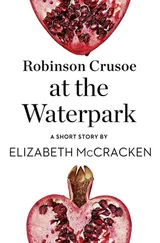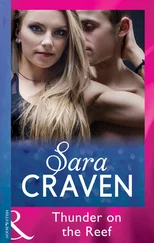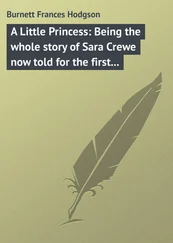When plutonium was blown up on the feather beds at Taranaki, the main safety procedures were an exclusion zone during the detonations and some safety equipment, often not properly used. Later many service personnel sought compensation for damage they claimed to have suffered based on several main factors, including the lack of information they received and the inadequate safety measures in place during the tests, particularly Vixen B.
Plutonium poses two main kinds of health hazards: deterministic (also known as non-stochastic) and stochastic. The deterministic hazard involves a threshold level of radiation exposure above which people may be severely harmed or killed, sometimes quickly – for example, by radiation sickness. The stochastic hazard, on the other hand, is based on the probability of developing cancer or genetic damage, which is directly correlated with dose. There is no threshold, meaning in effect that if a given number of people are exposed to any amount of ionising radiation, the probability is that a statistically predictable number of them will suffer cancer or genetic damage. There is no safe dose; any exposure may cause risk of serious illness.
The best known anecdote of deterministic harm caused by British nuclear tests is the ‘black mist’ experienced by Indigenous people (see chapter 7). For the minor trials, the stochastic effects have caused the greatest concern. These occur over a long time so may not be apparent for many years after exposure. This means the risks are hard to manage and to compensate, particularly since medical science cannot distinguish if a specific cancer is caused by radiation. The kind of contamination present at Maralinga does not pose a hazard when outside the body. Inside the body, the dangers are immense. According to Dr Keith Lokan, then head of the ARL, plutonium particles
may remain in the lung for a long time where they may expose the lung tissue and give rise to lung cancer. Alternatively… because of its long residence time, this material can very slowly dissolve in the lung fluids. Once it goes into solution… it can cross the boundary between the lung and the bloodstream and then make its way to the bones, and it is acknowledged as a potential source of some forms of bone cancer.
Given the character of plutonium-239, it seems remarkable now that the AWRE authorities did not name it when they briefed the Australians on the Vixen B test series. In the end, this backfired. The Australian authorities began to wonder why they seemed to be cut off from crucial information and eventually changed how minor trial information was provided. As a result, planning for the Vixen experiments did not proceed smoothly. Without doubt, this was more to do with the associated politics and the increasing restiveness of the Australian Government than what now seems to be the sheer foolhardiness of the experiments themselves. When the British were devising the Vixen series, even the notably compliant Australian authorities were starting to have serious doubts, not least because the tests seemed, even to a superficial examination, close to breaching the nuclear weapons moratorium agreed in Geneva. This jousting with international law was becoming a cause of disquiet among the select few who knew about the tests in Australia, as well as much scrambling among the British authorities to make the minor trials fit the new treaty conditions.
The concern about the tests being made public meant that shipping in about 500 personnel to carry out the 1961 Vixen B tests posed a potential threat to security. Noting this, John Symonds commented, ‘A disclosure that an operation of the present magnitude was in hand would be difficult to handle’. AWRE officials first hinted to the Australians that they proposed to use the long-lived isotope of plutonium in May 1959. However, the exact description was revealed only after repeated inquiries. The AWRE wanted to augment the existing Vixen series ‘by adding a few burning trials to determine the dispersion of plutonium under representative field conditions’. The AWRE endeavoured to slip these tests under the radar, using the cover of Ernest Titterton’s insider soundness. Titterton was explicitly criticised by the McClelland Royal Commission over the minor trials, in part because he had advised the British to say that the fission yield of the 1960 Vixen B tests was zero when he knew it was not: ‘The yield was expected to be small, even very small, but not zero’, the report said.
Roy Pilgrim, head of safety co-ordination for the AWRE at Aldermaston, issued the highly confidential and later contentious MEP 1960 safety statement at the end of 1959. The 1960 experimental program mentioned Vixen B for the first time, but without specifics: ‘Vixen B firings will use long lived radioactive elements including fissile materials. In some rounds the possibility of a fissile reaction is envisaged but the quantity of fission products which would be produced is not radiologically significant compared with the parent material’. A short, handwritten list at the end of the document contained the names of people to whom copies should be sent, including Titterton. The report of the Royal Commission noted that Titterton ‘did not advocate a further formal approach through the Commonwealth Relations Office because, inevitably, detailed questions would be asked about the precise nature of the experiments, and how they differ from those already approved’. The sorry saga of how the British tried to dupe the Australians about the true nature of Vixen B had a finale of sorts in London in 1985, as Noah Pearce felt the hostile glare of the Royal Commission. Peter McClellan put it to Pearce, ‘You would agree that the 1960 [Vixen B safety statement] document certainly was a totally inappropriate basis on which to form a judgement as to the safety of what was proposed?’ Pearce had no choice but to meekly agree.
The tussle over Vixen B between the UK and Australia was only one side of the issue. For the AWRE authorities back at Aldermaston, the main problem was events in Geneva. A 1958 document prepared at Aldermaston by the AWRE’s senior superintendent of weapons assembly AR Bryant under the direction of the assistant deputy director of the AWRE Admiral PWB Brooking shed light on this. In a top-secret memorandum titled ‘Maralinga Minor Trials in Relation to a Ban on Nuclear Testing’, distributed only to three other people including Brooking, Bryant acknowledged that increasing evidence showed most of the minor trials could be safely carried out in the UK, except for
the precise wording of a statement given by Lord Salisbury to Parliament, which in fact bans firings at Foulness [the AWRE test range on the Thames estuary] using hazardous materials, even in amounts so small that the experiment as a whole involves no hazard. This illustrates the importance of precise phrasing and definition in any policy ban imposed internally in the United Kingdom.
In the UK House of Lords on 7 April 1954, the marquess of Salisbury, the lord president of the council, had stated, ‘I can say definitely that no nuclear explosions have been or will be made, nor will experiments be made with fission products or any other hazardous radioactive material’. According to the Royal Commission, this statement was often cited ‘as constituting an unbreachable veto on the use in Britain of radioactive materials in explosive nuclear experiments’. Bryant’s memorandum suggested two definitions of minor trials to ensure no apparent conflict with the international ban on nuclear testing. The first was a trial in which ‘small amounts of radioactive or fissile material are involved in association with the detonation of conventional high explosive in such a manner that no fission results’. The second was a trial in which ‘radioactive materials are not dispersed so as to exceed certain agreed tolerance levels outside some agreed radius X miles from an agreed site Y’. Neither of these definitions applied to Vixen B, which clearly produced fission – soon to be acknowledged in Pilgrim’s safety statement – and whose radioactive materials were dispersed in plumes far beyond an agreed radius and tolerance levels.
Читать дальше
